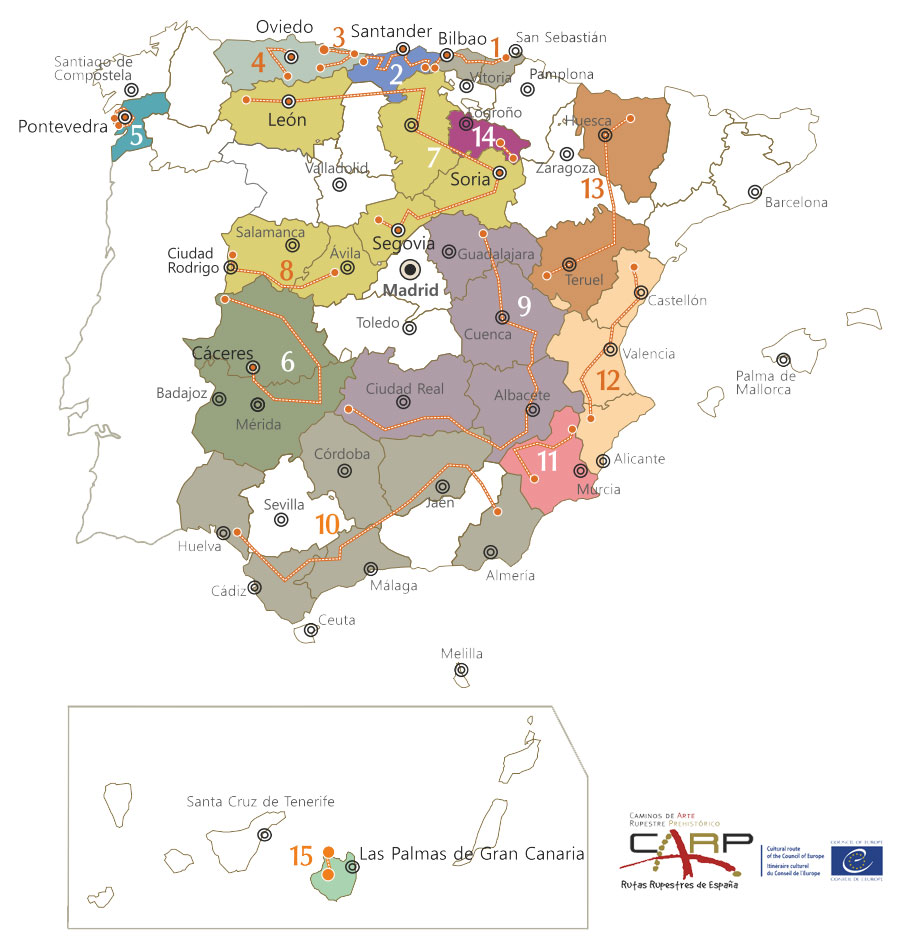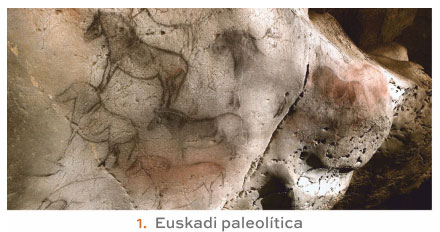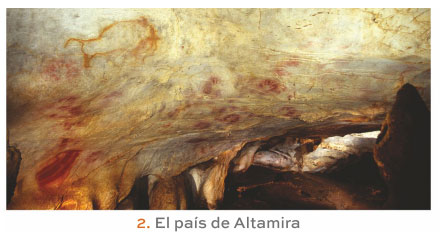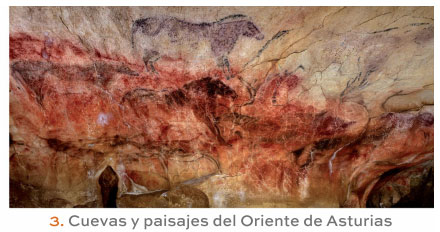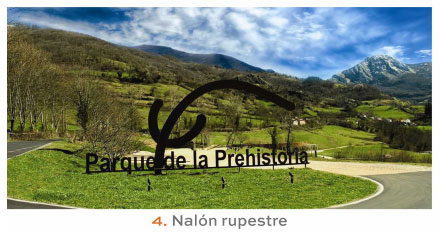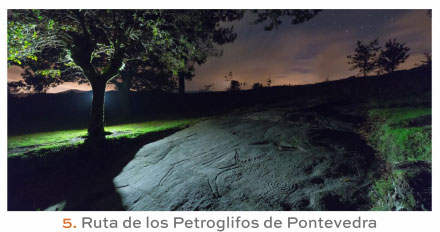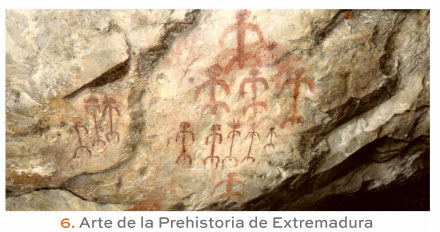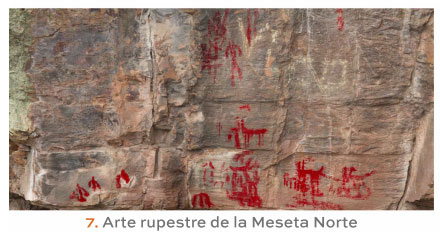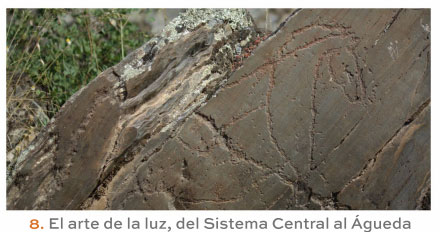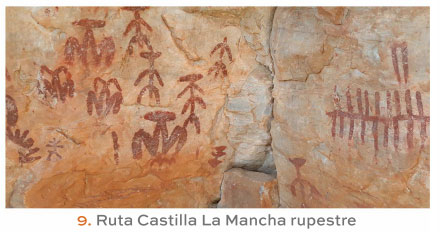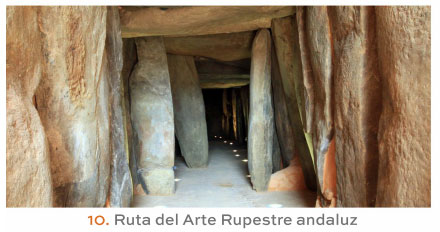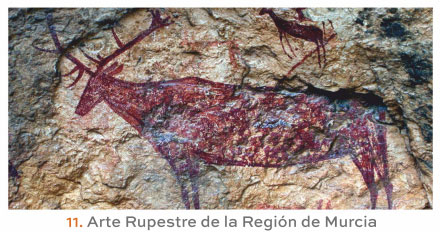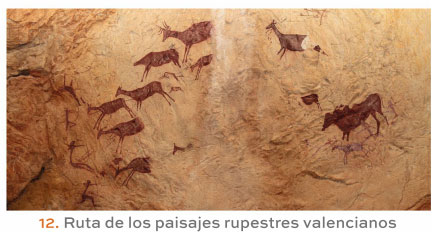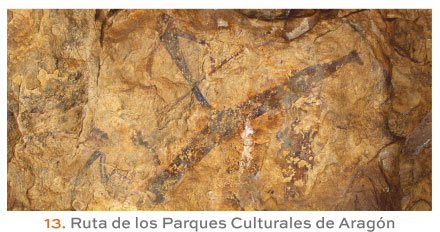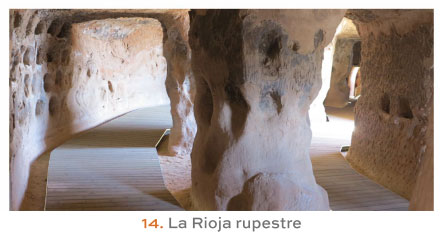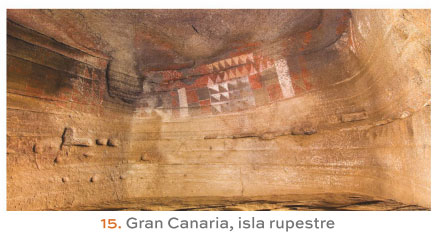Caves on the Cantabrian coast, petroglyphs in Galicia, rock-shelters and outcrops on the Iberian Plateau and in Mediterranean Spain … the first (rock) art of humankind is open to visitors in Spain. Come and discover it!
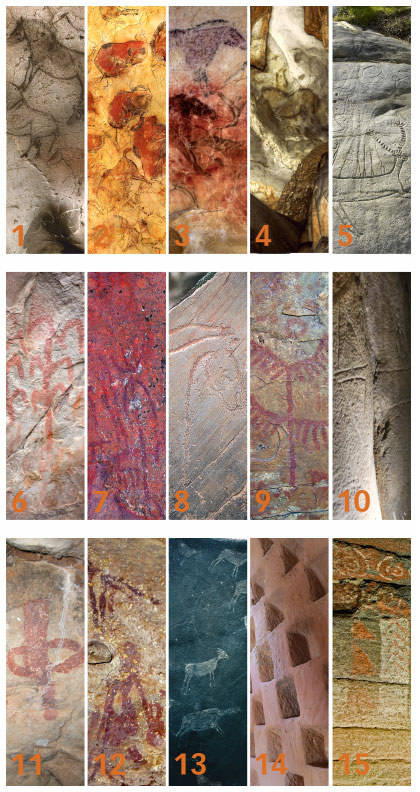
- Palaeolithic Basque Country
- The land of Altamira Cave
- Caves and landscapes in East Asturias
- Rock Art in the Nalón Valley
- Petroglyphs of Pontevedra
- Prehistoric Schematic Art in Extremadura
- Rock Art in the Northern Meseta
- The Rock Art of Light
- Route of the rock-shelters in La Mancha
- Andalusian Rock Art Trail
- Rock Art in the Murcia Region
- Rock art landscapes in the Community of Valencia
- Cultural Parks of Aragón
- La Rioja Rock Art
- Gran Canaria, Rock Art island
The Council of Europe Cultural Route ‘Prehistoric Rock Art Trails’ includes over 100 major rock art destinations in Spain of great scientific, cultural, artistic and archaeological interest, all open to the appreciation and enjoyment of European and world society. Today, over two million visitors a year come to the sites where the first inhabitants of our species left their transcendental rock art, an art form full of symbolism based on spiritual beliefs and countless references to nature, which shaped the first Cultural Landscapes in the Iberian Peninsula.
Most of these sites possess great symbolic importance and belong not only to the Council of Europe Cultural Route but also some of them are on UNESCO’s World Heritage List. Three sites are designated in Spain: Cave of Altamira and Paleolithic Cave Art of Northern Spain, Rock Art of the Mediterranean Basin on the Iberian Peninsula, and the Prehistoric Rock Art Site of Siega Verde (together with the sites in the Côa Valley in Portugal).
COME AND DISCOVER IT
Therefore, Spain adds to the cultural tourism offer in Europe some of the most unique visitable rock art destinations on the continent, including sites, museums, interpretation centres and archaeological/cultural parks. Many of these places are small rock art sites (a cave, a rock-shelter, a rock in the open air, a small interpretation centre …) but others consist of important tourist infrastructures where it is possible to visit large archaeological sites with spectacular art, such as Ekainberri, Altamira, Tito Bustillo, Teverga, Campo Lameiro, Siega Verde, Maltravieso, Dolmen de Soto, Minateda, Villar del Humo, Cieza, Bicorp, Archaeological Parks of Campo Lameiro and Gáldar Painted Cave, Cultural parks of the Rivers Martín and Vero, Albarracín, La Valltorta-Gasulla, etc. Up to 15 trails have been designed in Spain to discover the first art of humankind and the incredible landscapes – underground and above ground – of their locations. They are organised according to their geographic position and their themes.

